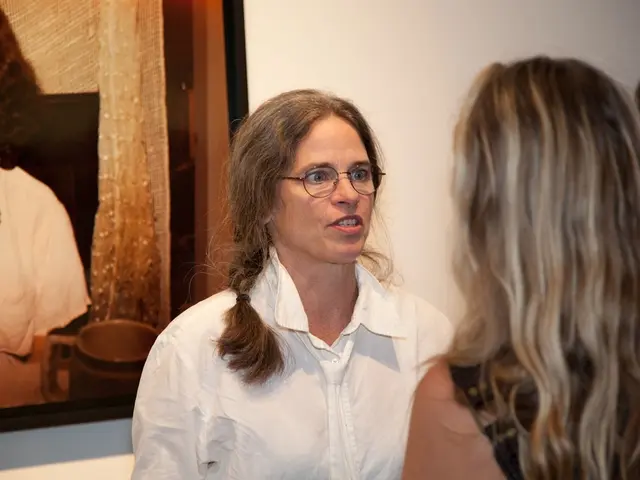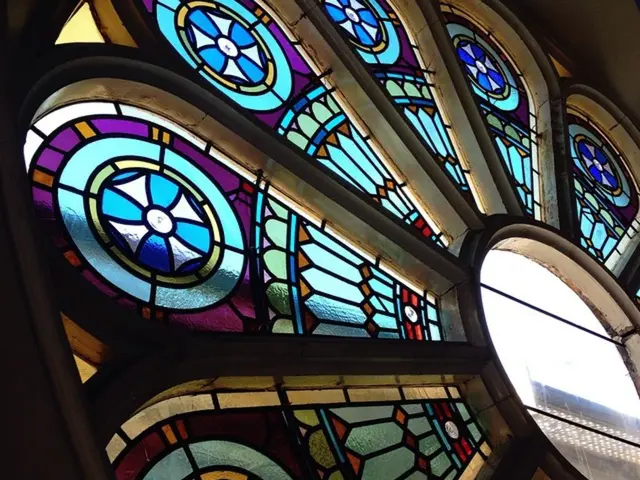U.S. Returns Turkish Artifacts, Including Benin Bronzes and Sardis Pieces
In recent years, the United States has shown a commitment to returning historical art to their countries of origin. Turkey, in particular, has benefited from this effort, with over 100 artifacts repatriated. Two notable cases involve the return of Benin Bronzes and artifacts from Sardis.
The Benin Bronzes, a collection of over 1,000 artifacts, were looted from the Kingdom of Benin in present-day Nigeria by British soldiers in 1897. In 2024 and 2025, two U.S. institutions, the University of Iowa's Stanley Museum of Art and the Museum of Fine Arts Boston, returned a total of four of these pieces. This marked a significant step in the ongoing effort to reunite the Bronzes with their country of origin.
Meanwhile, Turkey has been working to recover artifacts taken during the Greek occupation of Smyrna (now Izmir) in 1922. Among these are pieces from the ancient city of Sardis, currently housed in the Metropolitan Museum in New York. Turkey has been vocal in its desire for the return of these artifacts, which it considers an integral part of its cultural heritage.
The return of these artifacts is part of a larger trend of cultural property repatriation. Turkey, having recovered over 13,000 artifacts from abroad, with nearly 2,700 from the U.S., is one of the primary beneficiaries. The U.S., in turn, has shown leadership in this area, with over 100 artifacts returned to Turkey in recent years. Among these are a bronze klismos and 83 bronze coins from the Roman Empire, highlighting the diverse nature of the repatriated items.




